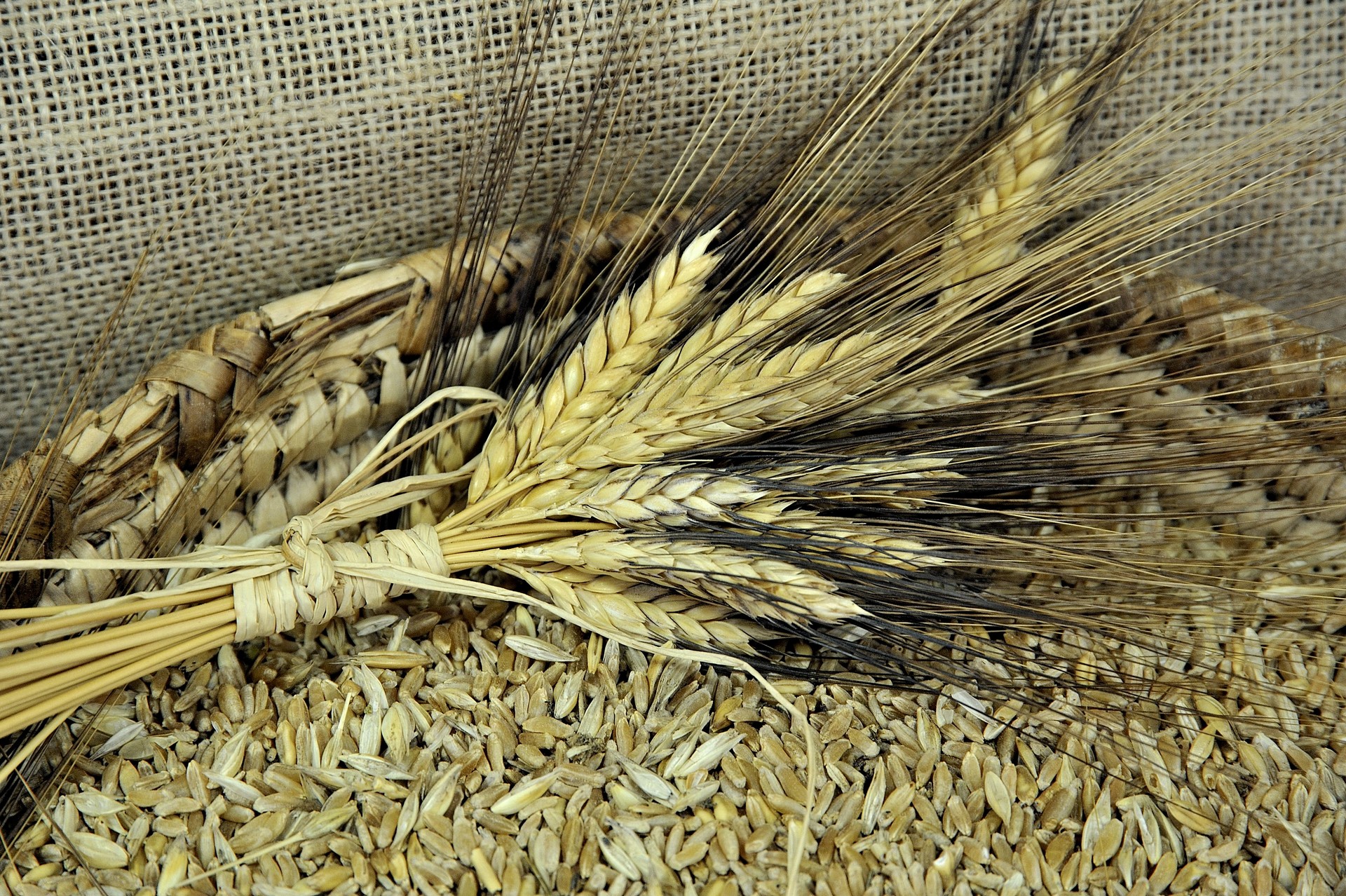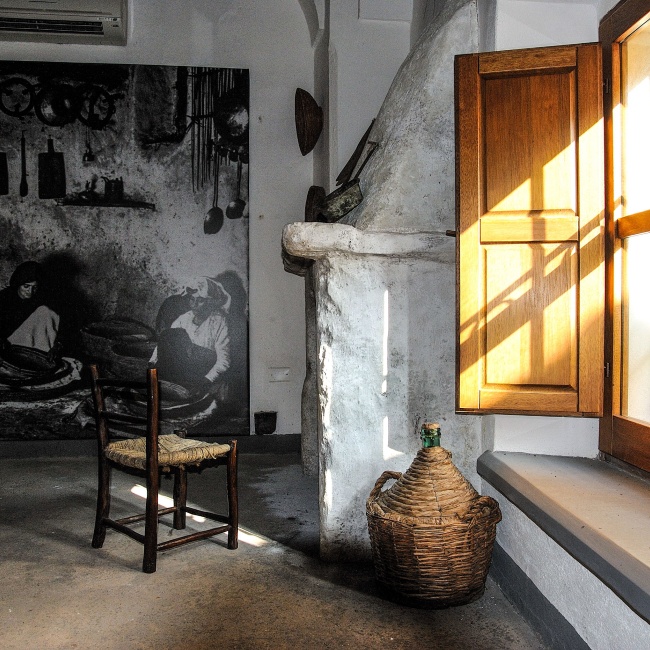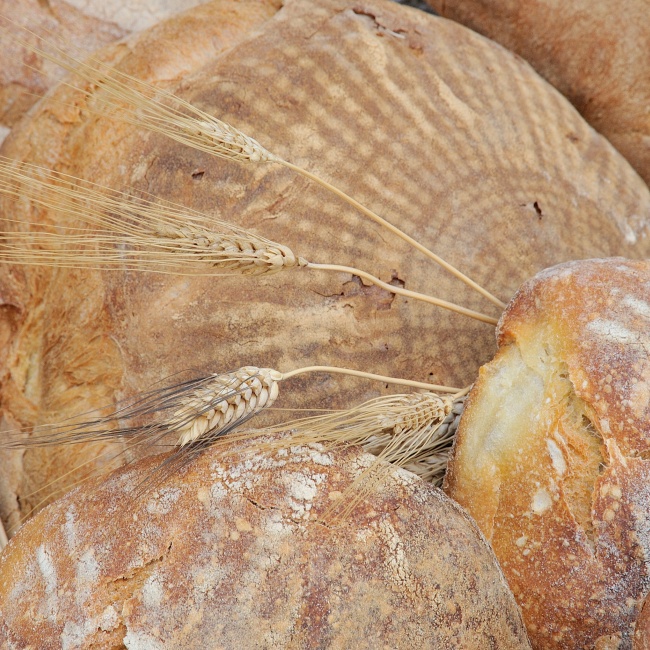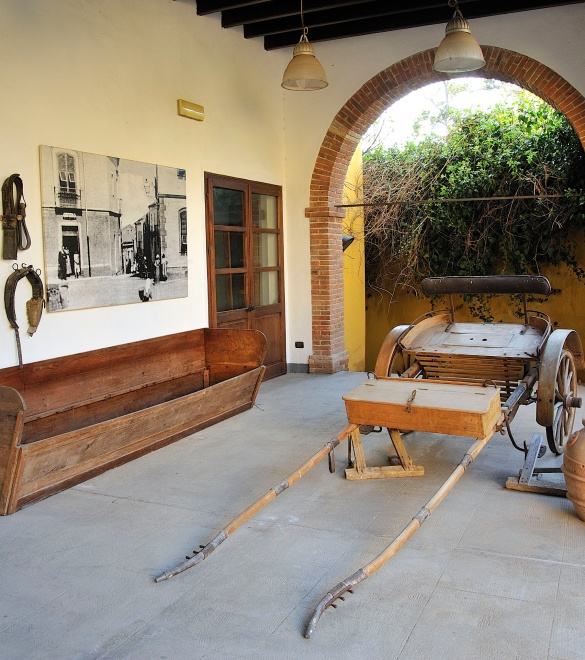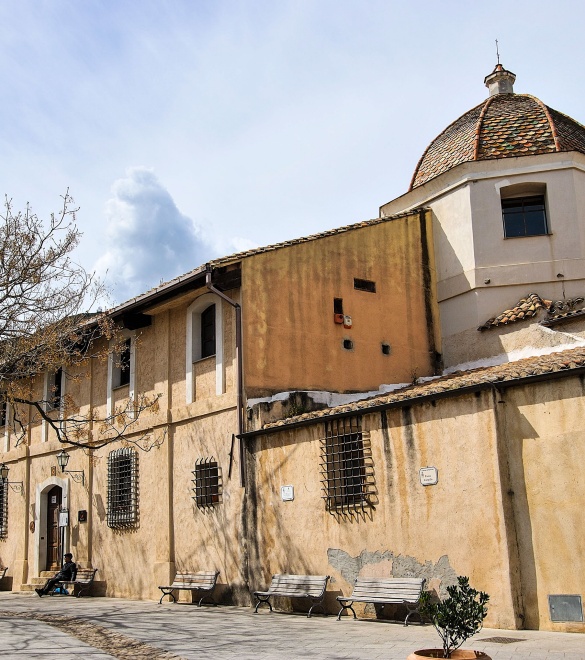Itinerary detail
The roads of wheat
For a very long time, the history of Sardinia and the Sardinians was the history of wheat, from which it obtained its principal source of nourishment: bread.
Everything rotated around the wheat industry. A good or bad year was measured upon the size of the harvest and the most valuable thing in any household was wheat, the primary source of life.
Since it was so precious, wheat was kept inside specific containers such as a chest. It was essential that wheat was kept safely since it was the source of the principal food. The bride brought her trousseau “su strexu ‘e fenu”, a kind of set of baskets, sieves, rolling pins etc, all of which were essential tools for making bread. They were given a special area inside the home: sa dome ‘e farra, this room was under the control of the ladies. Men and children were not allowed inside during bread-baking days.
Many of these ancient tools are still sought after by collectors: the small ethnographic exhibit supervised by the Local Tourist Office offers a look into daily life and activities and tells much about bread. It is no coincidence that both this exhibit and the Archaeological museum are both hosted at the Montegranatico (the mount of wheat), established in 1767 at Villacidro. This kind of facility was present throughout Sardinia at the time and played a fundamental role in peasant economy and kept the most precious source of living of all. It also guaranteed to the poorest of all the possibility of sowing in their fields every year..
Evidence of the Nuragic era also tells of the presence of wheat at the Montegranatico: one of women bent over ancient stone mills for many hours. They were eventually replaced by small, domestic grinders that have always marked the lives of the peasants from dawn to dusk. The small mills have now been substituted by modern facilities; Villacidro still has its Mulino Cadoni (Cadoni Mill).
The imposing structure is split up into three levels and once hosted the “modern” grinding machines and all phases to making flour. The Mill stands next to the Washhouse and not very far from the Montegranatico and to this day, has many stories to tell about wheat. That is not all though. Villacidro is still the town of wheat and bread. There are many bakeries that still follow the ancient tradition and bake typical local breads like civraxu, coccoi, pistoccu and many more. There are many surprises in store for those strolling through the streets in town: at certain hours of the day, the fragrances of bread and sweets fill the streets, inviting all to discover ancient flavours. Many bakeries open the doors to their laboratories upon request and demonstrate how bread is prepared with age-old recipes.
Many great honours and many religious and traditional holidays : are dedicated to wheat: on New Year’s Day there is the ancient ritual of offering a dish called su trigu cottu that is prepared with boiled wheat and wine must as a good omen for the year that has just begun; at Easter time, the wheat is planted in vases and grown in the dark so that it becomes very light-coloured, su nenniri, and then placed on the alter as an offering to the Madonna and the resurrected Jesus. In May, the holiday dedicated to Sant’Isidoro also pays tribute to wheat, the fields and the peasant community.
Route type:
walking or by car
Travel time:
half day or full day
Geographic map
To be seen
Cadoni Mill
The imposing structure of the Cadoni Mill stands adjacent to the Washhouse, and had maintained its ancient function all the way up to the Post World War II years as a more modern mill where wheat was brought to be ground.
Montegranatico and Archaeological Museum
The ancient “monte del grano”, has hosted the “Villa Leni Civic Archaeological Museum” since 2003. This expositional area displays many original finds arriving from the area’s most important archaeological sites.
